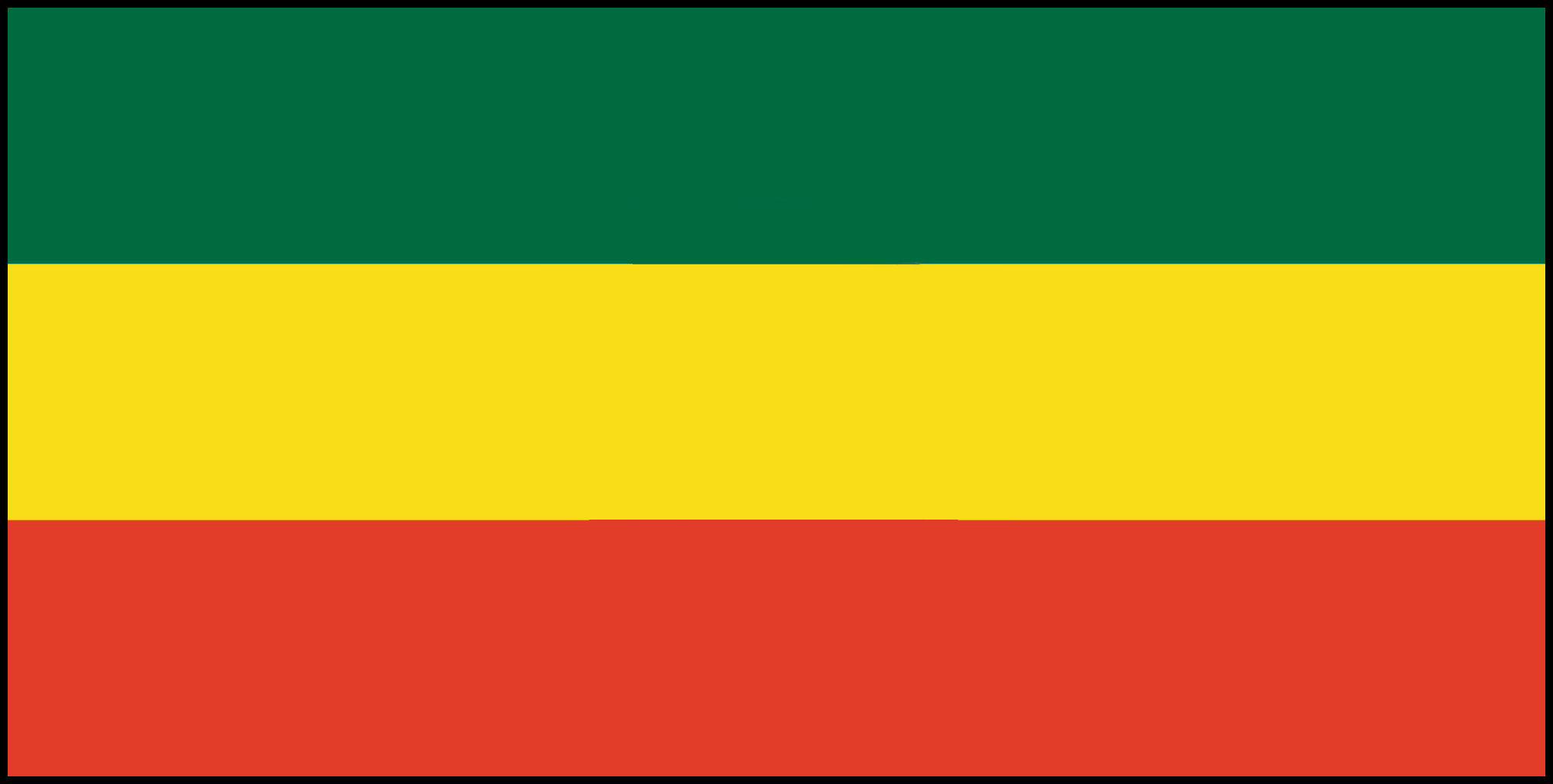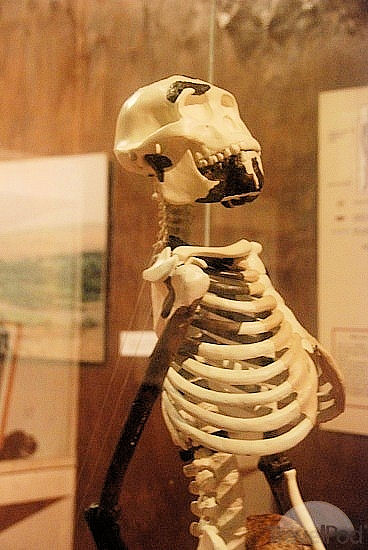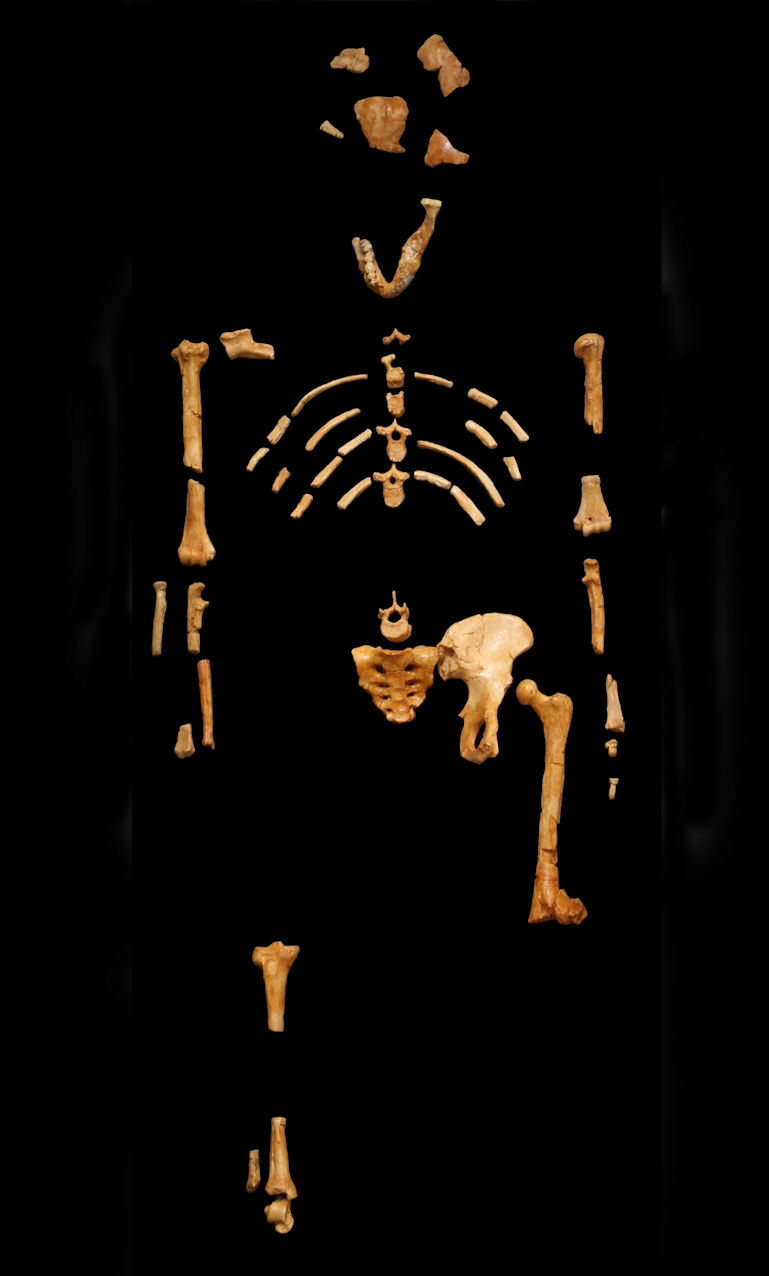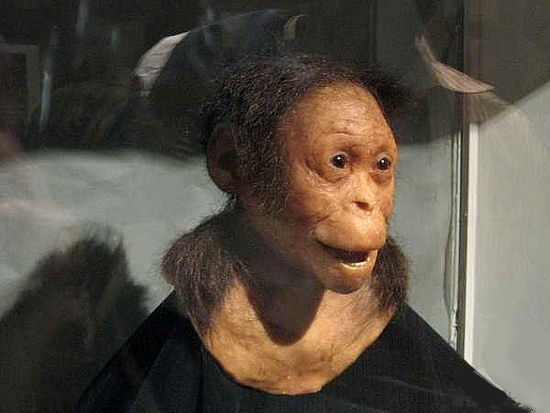The museum houses the nation's artistic treasures as well as many of the most precious archaeological finds such as the fossilized remains of early hominids, the most famous of which is "Lucy," the partial skeleton of a specimen of Australopithecus afarensis. A recent addition to the basement gallery is a display on "Selam," a child hominid found in the years from 2000 to 2004. She is estimated to be 3.3 million years old.
In 1936, the concept of a museum was first introduced in Ethiopia when an exhibition was opened, displaying ceremonial costumes donated by the royal family and their close associates. The museum grew with the establishment of the Institute of Archaeology, which was founded in 1958. The institute was founded to promote and facilitate the archaeological research.In that year, the museum exhibited objects from various archaeological excavations.
Finally, with the establishment of the Ethiopian Cultural Heritage Administration in 1976 and support from the Government, a "National Museum" was established and began to operate under the "National Act." The act provides for the protection and preservation of antiquities with legislative authority governing all sites and monuments throughout the country of Ethiopia. The National Museum expanded ts activities into three working departments: 1) the conservation department, 2) the documentation department and 3) the exhibition and research department.
The museum currently has four main exhibition sections. The basement is dedicated to archaeological and paleoanthropological sections. This area show the previously mentioned hominids. The first floor contains objects from ancient and medieval periods, as well as regalia and memorabilia from former rulers, who include Emperor Haile Selassie. The second floor show art work in a chronological order, from traditional to contemporary works. These include murals and paintings from Ethiopian artists. Finally, the third floor has an ethnographic display. Here, the museum tries to give an overview of the cultural richness and variety of the peoples of Ethiopia.



